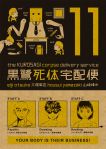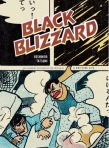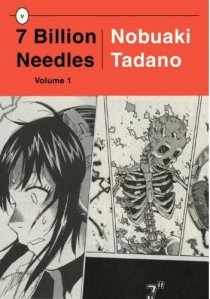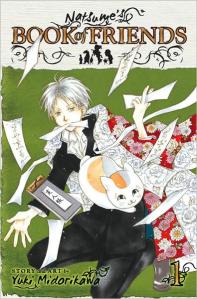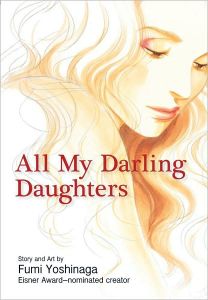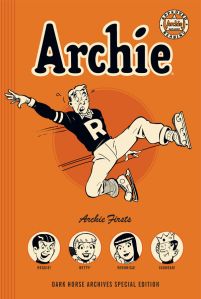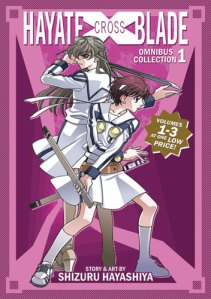All right, now that the polling is underway, let’s take a look at the sure bets in the current edition of Diamond’s Previews catalog. Will start with the exciting and/or noteworthy debuts:
Velveteen & Mandala, written and illustrated by Jiro (Freesia) Matsumoto, Vertical, item code JUN11 1294: A Vertical debut is always worth noting, and this one looks intriguingly odd. It portrays a pair of teen-age girls struggling against the zombie apocalypse when they aren’t fending off the totally worse thread of boredom. The single-volume series originally ran in Ohta Shuppan’s Manga Erotics F, an unpredictable but always promising source. I believe this is Matsumoto’s English-language debut.
Habibi, written and illustrated by Craig Thompson, Pantheon, item code JUN11 1212: Have I mentioned lately that I’ve never mustered the energy to finish Thompson’s Blankets? I found what I’ve read of it to be hopelessly mopey and overwritten, though undeniably easy on the eyes. But it’s always worth noting when Thompson releases a new brick, because it happens so rarely. This time, he “explores and celebrates the beauty and cruelty, the complexity and depths of the Islamic world.” Set your phasers on “Gush.”
Animal Land vol. 1, written and illustrated by Makoto (Zatch Bell) Raiku, Kodansha Comics, item code JUN11 1169: I’m succumbing to the adorability of the cover and the premise. An orphaned raccoon dog finds an abandoned human child and decides to raise it in a world occupied only by animals. Zatch Bell had some deeply hideous and unsettling character designs and a cripplingly annoying anime adaptation, so those are points of concern, but I’m game for a volume or two. The series originally ran in Kodansha’s Bessatsu Shônen.
Moving on to the “offered again” category:
- Korea as Viewed by 17 Creators, by various, Fanfare/Ponent Mon, item code JUN11 1123: Curious about this Eisner-nominated anthology? This is probably one of your better shots at scoring a copy.
- Gon vol. 1, written and illustrated by Masashi Tanaka, Kodansha Comics, item code JUN11 1172: In case you missed these insanely kinetic, wordless comics about a baby dinosaur the first couple of times they were released.
- Carnet de Voyage, written and illustrated by Craig Thompson, Top Shelf, item code JUN11 1246: This collection of travel stories is the Thompson comic I’d enthusiastically recommend.
And, lastly, new volumes of ongoing series that particularly catch my eye:
- Sayonara, Zetsubou-Sensei vol. 10, written and illustrated by Koji Kumeta, Kodansha Comics, item code JUN11 1176: So glad Kodansha is picking up this hilarious, unsparing satire.
- Amelia Rules! Vol. 7, The Meaning of Life… and Other Stuff, written and illustrated by Jimmy Gownley, Simon & Schuster, item code JUN11 1239: Wonderfully observant comics about a spunky, imaginative middle-schooler and her friends.
- Butterflies, Flowers vol. 8, written and illustrated by Yuki Yoshihara, Viz Media, item code JUN11 1275: Probably a guilty pleasure, and one I’m a bit behind on, but I always get some quality cringing chuckles out of this series.
- Kimi ni Todoke: From Me to You vol. 10, written and illustrated by Karuho Shiina, Viz Media, item code JUN11 1278: A joyous deconstruction, subversion and celebration of shôjo tropes.
- House of Five Leaves vol. 4, written and illustrated by Natsue Ono, Viz Media, item code JUN11 1291: The best of Ono’s works to be published in English so far, which is saying something.
What’s on your wish list?





